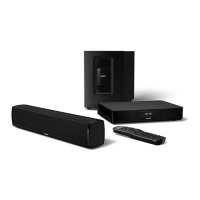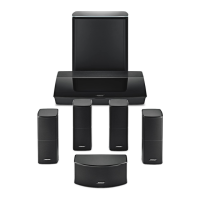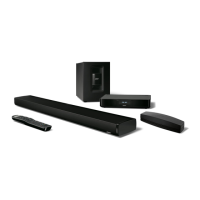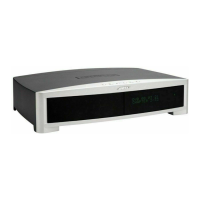18.
Use
proper
power
sources-
Plug the product into
a proper
power
source, as described in the operating
instructions
or
as marked on the product.
19.
Avoid
power
lines-
Use extreme care when
installing an outside antenna system
to
keep from
touching
power
lines
or
circuits, as contact with
them may
be
fatal. Do not install external antennas
near overhead
power
lines
or
other electric light
or
power circuits,
nor
where an antenna can fall into
such circuits
or
power
lines.
20.
Ground all outdoor
antennas
- If an external
antenna
or
cable system is connected
to
this
product, be sure
the
antenna
or
cable system is
grounded. This will provide
some
protection against
voltage surges and built-up static charges.
Section 810
of
the
National Electrical Code ANSI/
NFPA No. 70 provides information with respect
to
proper grounding
of
the
mast
and supporting
structure, grounding
of
the lead-in wire
to
an antenna
discharge unit, size
of
grounding conductors,
location
of
antenna-discharge unit, connection
to
grounding electrodes, and requirements for the
ground electrode. Refer
to
the
antenna grounding
illustration on this page.
1111111111111111
255805
Antenna
grounding
Example
of
antenna grounding as per National Electrical
Code, ANSI/NFPA 70.
Ground clamp
--11--+Jf
Antenna discharge unit
111
..----+-
(NE
C
Se
ction 810-20)
~,L--
Ground
in
g conductors
(
NE
C
Se
cti
on
810-2
1)
,.
+--Po
wer se
rvi
ce grounding
electrode system
(
NEC
ART
250, Part H)
Note
to
CATV
system
installer
This reminder is provided
to
call the CATV system
installer's attention
to
Article 820-40
of
the NEG (of USA)
that provides guidelines for proper grounding.
In
particu-
lar,
it
specifies that the cable ground shall be connected
to
the grounding system
of
the building, as close
to
the
point
of
cable entry as is practical.
ROSE
®
Better
sound
through research®
©2007
Bo
se
Corporation,
Th
e Mountain,
F
ra
m
in
gh
am,
MA
0
17
01-9168 USA
25
58
05
AM
Re
v.03

